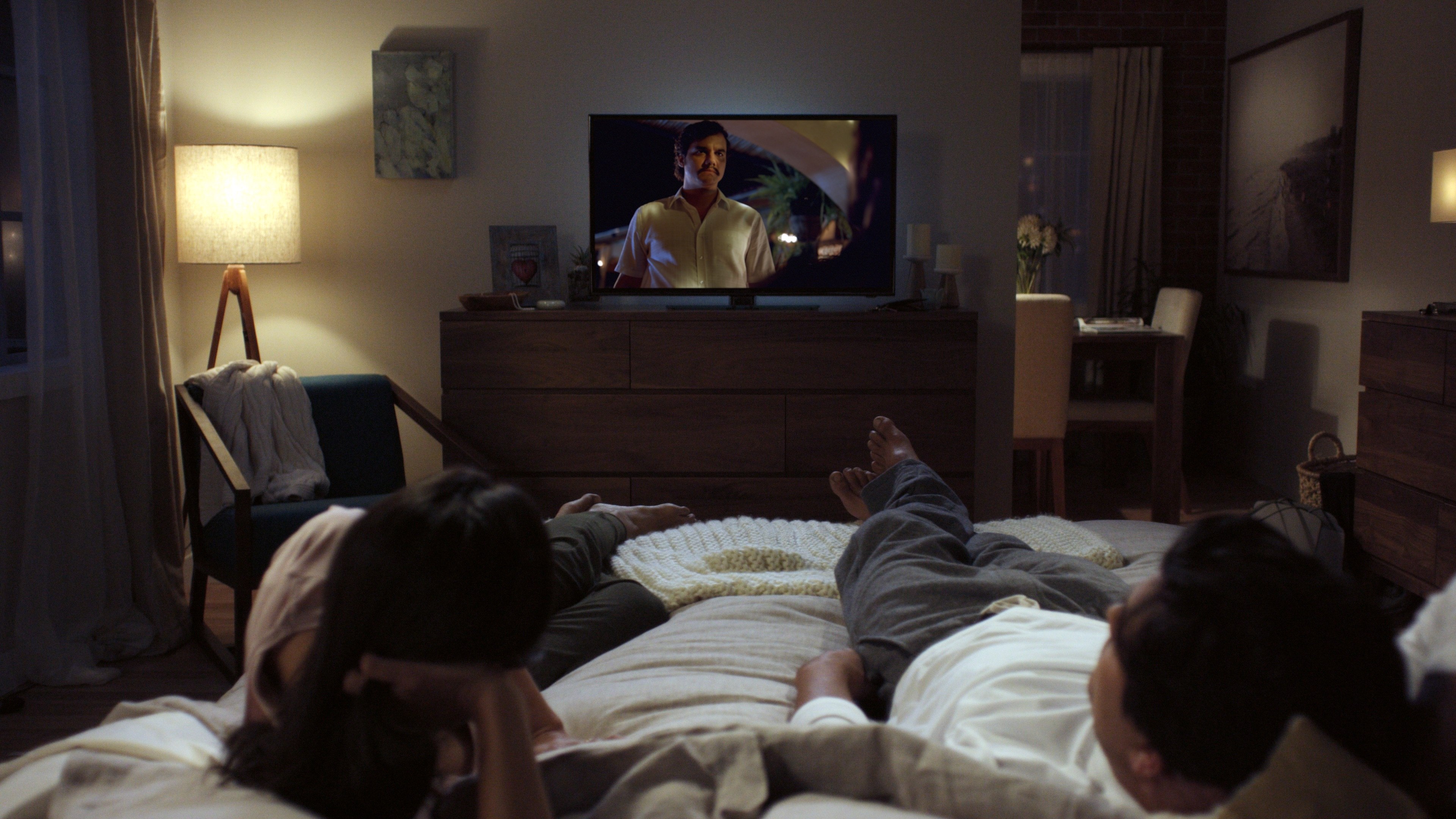In a lengthy and detailed post published on the Netflix Technology Blog, a group that focuses on encoding and video algorithms laid out new techniques they hope will offer up higher-quality video for subscribers. In some cases, their internal testing has offered similar video quality at half the bitrate of their current encoding techniques — a boost that could offer big improvements for bandwidth-constrained customers.
According to the blog entry, Netflix created a set of “premium” bitstreams several years ago to handle the higher resolution and overall higher quality that 4K video offers over 1080p. Those bitstreams feature what the group calls a fixed-bitrate ladder that offers 4K video quality on “rungs” ranging from 8 Mbps to 16 Mbps. At bitrates less than 8 Mbps, resolution drops to below 4K. This technique, the group points out, didn’t really take into account the actual content of the 4K video it was encoding.
“Since then,” the post states, “we’ve developed algorithms such as per-title encode optimizations and per-shot dynamic optimization, but these innovations were not back-ported on these premium bitstreams.”
Testing has shown these newer techniques can offer similar quality at lower bitrates, with the group showing off instances where the optimized methods can hit 4K while the fixed ladder approach can only muster 1080p. These improvements could be especially beneficial for those dealing with data caps while trying to stream 4K video. At the moment, Netflix estimates subscribers using its High quality settings are burning through about 3GB per hour for HD video and 7GB for 4K or Ultra HD.
“For members with high-bandwidth connections we deliver the same great quality at half the bitrate on average,” the post states.

A comparison of the same 4K scene encoded in the current, fixed-bitrate ladder and a newer, optimized technique at a lower bitrate.
The group added that these new techniques can also benefit those with limited bandwidth, unlocking higher-quality video at the same network speeds. In one example, they mention users who might currently be locked to 720p-quality video, but could potentially receive 1080p or higher video with the new techniques.
If all that leads you to wonder why these new techniques aren’t being applied to those premium bitstreams, fear not: The group says they’re working on re-encoding Netflix’s library of 4K content using these new techniques and they expect to be done within a few months. After that, they’re hoping to tackle HDR, or high-dynamic range content to better optimize those streams as well.
The blog post itself goes into much further detail and it’s well worth a read if you’re curious about what goes into delivering high-quality video over the internet. The bottom line, however, is Netflix’s 4K content could be more bandwidth- and data cap-friendly in the near future.
Did you know we now have a FREE app for iOS, Android, and Amazon Fire? Click HERE to download our app.
Please follow us on Facebook and Twitter for more news, tips, and reviews. Need cord cutting tech support? Join our Cord Cutting Tech Support Facebook Group for help.

